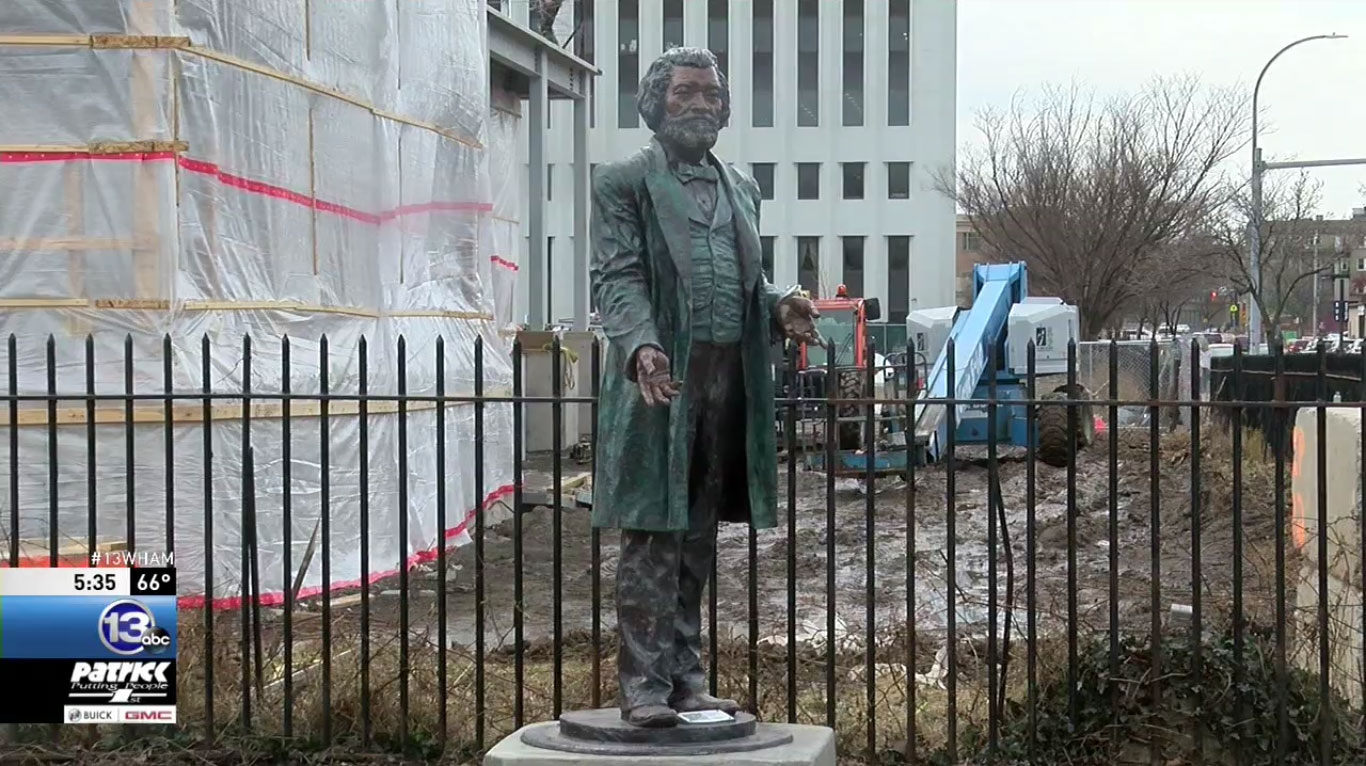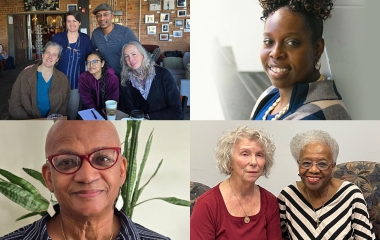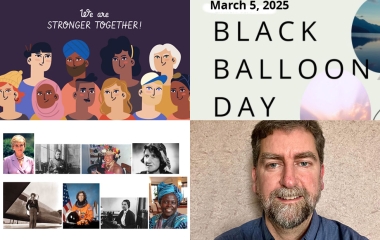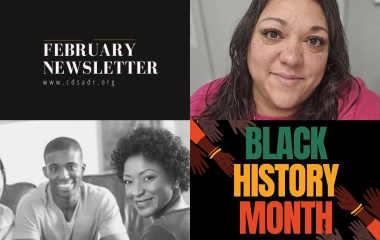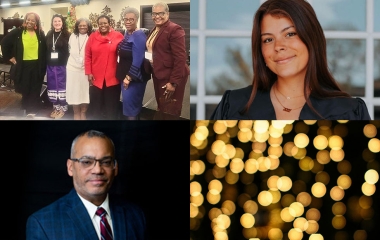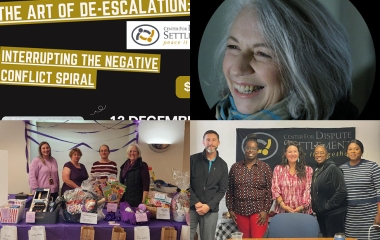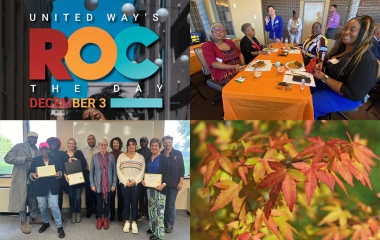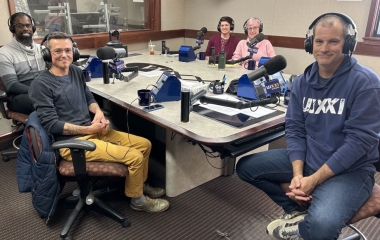In 2018, they vandalized a Douglass statue. Now they'll help install a new one.
Almost 17 months ago, Charles Milks and John Boedicker, while heavily intoxicated, tried to steal one of Rochester's statues of historic abolitionist Frederick Douglass.
The two were not hard to catch. Then students at St. John Fisher College in Rochester, NY, they carried the downtown statue away after knocking it from its pedestal at the intersection of Tracy and Alexander streets in the city.
When Milks, now 22, earlier this month heard that another of Rochester's Douglass statues had been vandalized and needed to be replaced, he knew what to do: He offered to help erect the new statue when the time came.
"For me personally, it was shocking to hear, especially on that date," Milks said of the latest vandalism. The statue at Maplewood Park was removed from its base, and left upright against a fence about 50 feet away.
The destruction was discovered on July 5, the same date that Douglass delivered one of his most acclaimed and historically resonant speeches, remembered as the "What to the Slave is the Fourth of July" speech.
When the Douglass statue is replaced at Maplewood Park, Milks and Boedicker will be there. It is likely the two will know as much about the life of Frederick Douglass, and the depths of his ties to Rochester, as will many of those there.
After being arrested in December 2018 and charged with criminal mischief, the two agreed to take part in a "restorative justice" program. The program was crafted for the two by the Center for Dispute Settlement and the Re-energizing the Legacy of Frederick Douglass Committee, which was responsible for the Douglass statues across Rochester as part of the 200th anniversary of his birth.
Through that program, Milks said, he and Boedicker came to learn of the historical import of Douglass to the abolitionist movement, and, in particular, how his years in Rochester cemented indelible ties between Douglass and the city. They visited the statues throughout the city, learning at many of the sites why they were historical touchstone locations.
The restorative justice program "seemed like the best way for us to atone for our mistakes and move forward," Milks said in a telephone interview.
But, for Milks and Boedicker, the post-crime lessons became more than a way to clear the books of their offenses. Instead, they embraced the legacy of Douglass, whose words now seem especially vital as the country gradually opens more and more to discussions of racism and the lasting scars of slavery.
"Over time, it became obvious that this was going to stick with us," Boedicker said in a telephone interview.
In particular, Milks said, he and his then-classmate were moved by the passion of the committee members who wanted to ensure Rochester strengthened its connections with Douglass.
"It was a lot of talk about our actions and what we planned to do moving forward," Milks said.
Difficult conversations
Carvin Eison, who heads the local Frederick Douglass historical committee, said he at first had qualms about meeting with the two college students in a restorative justice approach. For one, a witness claimed they had made racist remarks while uprooting the statue.
"They said they were drunk, they had been drinking for hours and they just made a stupid mistake," Eison said of Milks and Boedicker. "Others said they heard racial slurs. It was complicated."
Eison said he reviewed the social media accounts of Milks and Boedicker and did not find evidence of racism or political or other allegiance with groups espousing racist ideology.
Milks said those allegations of racism, which he said were untrue, made the first meetings especially tough.
"The racial slur or epithet never happened," Milks said. "That was one of the first things we talked about with the committee. ... Once we spoke with them and got everything hashed out there, we wanted to take responsibility for the destruction."
Also, Eison said, he and others questioned whether young Black or Hispanic offenders would have had the same opportunity through the criminal justice system. The statue was undervalued, making the crime a misdemeanor instead of a felony, he said.
"Right from the get-go, they were given a lesser charge, from our perspective," Eison said.
Eison said he met with District Attorney Sandra Doorley, and they were able to resolve that hurdle with a pledge that prosecutors would try to route defendants of color with similar crimes into restorative justice programs.
Sculptor Olivia Kim, who worked with a team to create the statues, said she met with the two young men as part of their amends. The meeting, she said, was "an intense and important experience."
"By talking to each other face to face, we were taking the time to understand what happened and to start to know each other as real people, unmitigated by secondary media," Kim said. "By reserving judgement, we were able to start the processing of something very difficult. I believe we all rose higher that day."
Milks and Boedicker also spoke with Kenneth Morris Jr., the great-great-great grandson of Douglass, who has been a vital player in the re-emergence of the Douglass legacy.
The latest vandalism
After the recent vandalism, both Milks and Boedicker reached out via email to local filmmaker Christine Christopher, who was a project manager with the Douglass birth bicentennial events in Rochester.
"It is truly aggravating for me and saddens my heart, especially in times like this where it looks like positive change is right around the corner given the progress of BLM (Black Lives Matter) across the world," wrote Boedicker. "I am still living in Rochester and with that, please let me know if there is anything I can do to help out. Seriously anything at all, let me know and I will take off work (and) do whatever to be there."
Milks, who lives in Buffalo and is now a University of Buffalo student, wrote, "Going through that (restorative justice) process once was difficult but there are no words for you guys to have to go through it again. I want to be an ally for you guys during this time and want to help in any way possible."
In the telephone interview, Milks said his first thoughts after learning of the recent vandalism was of the Douglass committee members. "I flashed back to all the pain they experienced" after his and Boedicker's crimes, he said. "It was hard for me because I know how much this meant to them."
Boedicker said he also ached to hear of the vandalism. He said he did not ask to be part of the team that will help erect a new statue, but was honored to be asked.
"When they offered for us to be a part of it, I agreed right there," he said. The return of the statue, whenever it happens, "is some reassuring news to hear for once in a time when there is so much going on."
The July 5 vandalism oddly became a national story, as part of the current heated discussions over the presence of statues of Confederate soldiers and slave owners, some of the latter including Founding Fathers long venerated — with their enslavement of others sometimes sanitized or ignored — in our history books. Even President Trump Tweeted about the Rochester vandalism, claiming that "anarchists" were the culprits.
Police, meanwhile, apparently have no evidence that anarchists, Antifa, white supremacists, or drunken college students were the offenders. They as of yet have no suspects that they have identified.
While Twitter-fueled theories may abound about the vandalism, they often are, like so much social media discussion and vitriol, empty of the true historical significance of Frederick Douglass. That is where, Eison said, he wants the conversations to be, especially at a time of national reckoning with racism.
"It was significant what happened to them and for both of them to volunteer to address what they did and the rupture they created shows a lot of character on their part," he said of Milks and Boedicker. "What they're doing is complicated, and we're glad that they're doing it.
"While they are going to get credit for recognizing the wrong they committed, I hope that it's not going to overshadow what the issues really are."
Milks agrees, and said there is a message for what he and Boedicker learned.
"How can we be positive moving forward?" Milks said. "How can we educate ourselves as white Americans on the history that sometimes gets washed out?"
According to Eison, Frederick Douglass is still helping us answer those questions, just as he did with Milks and Boedicker. And the response to the recent vandalism — Eison has heard from from people across the nation wanting to help — shows that "as always when Douglass was on this earth, many choose the right path," Eison said.
"The Frederick Douglass statues have served to centralize this community," he said.


